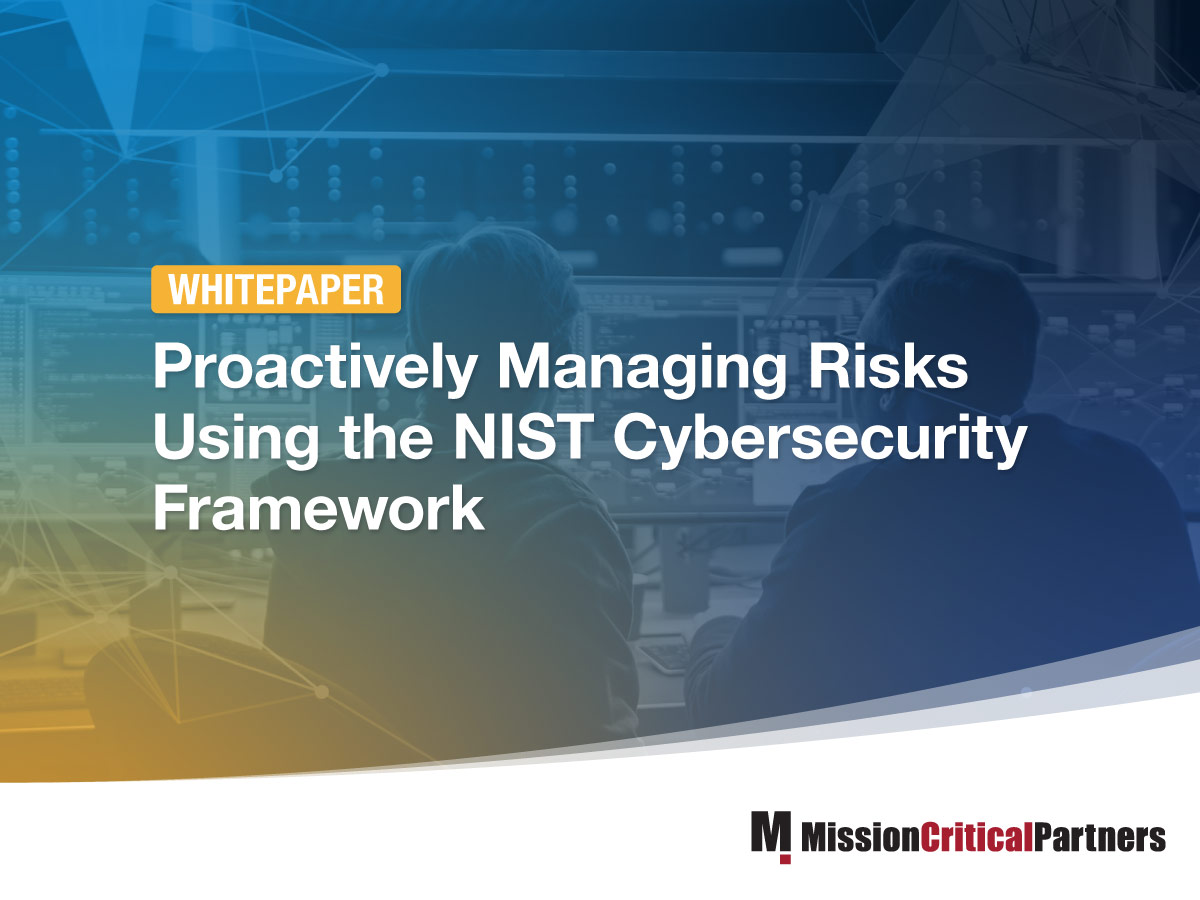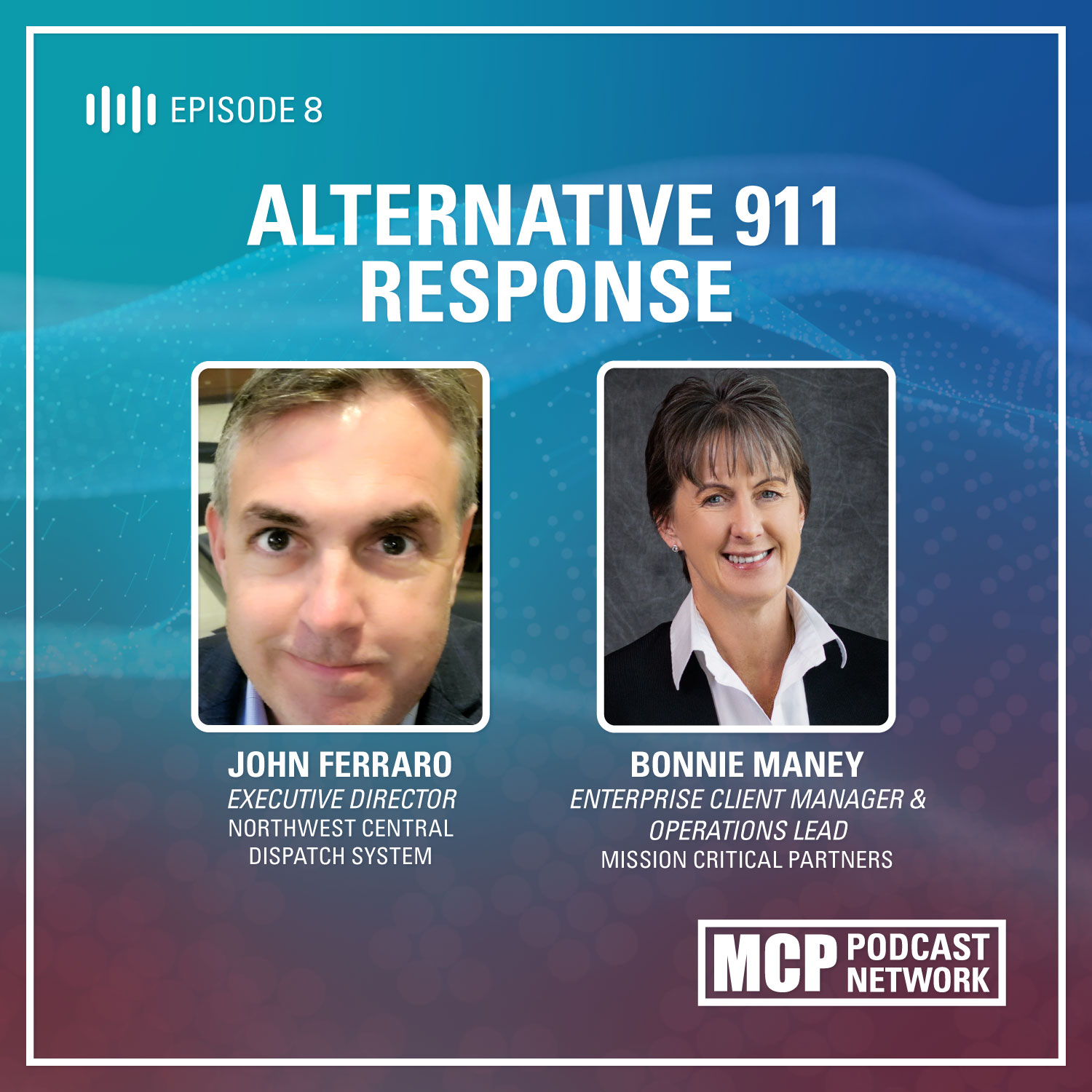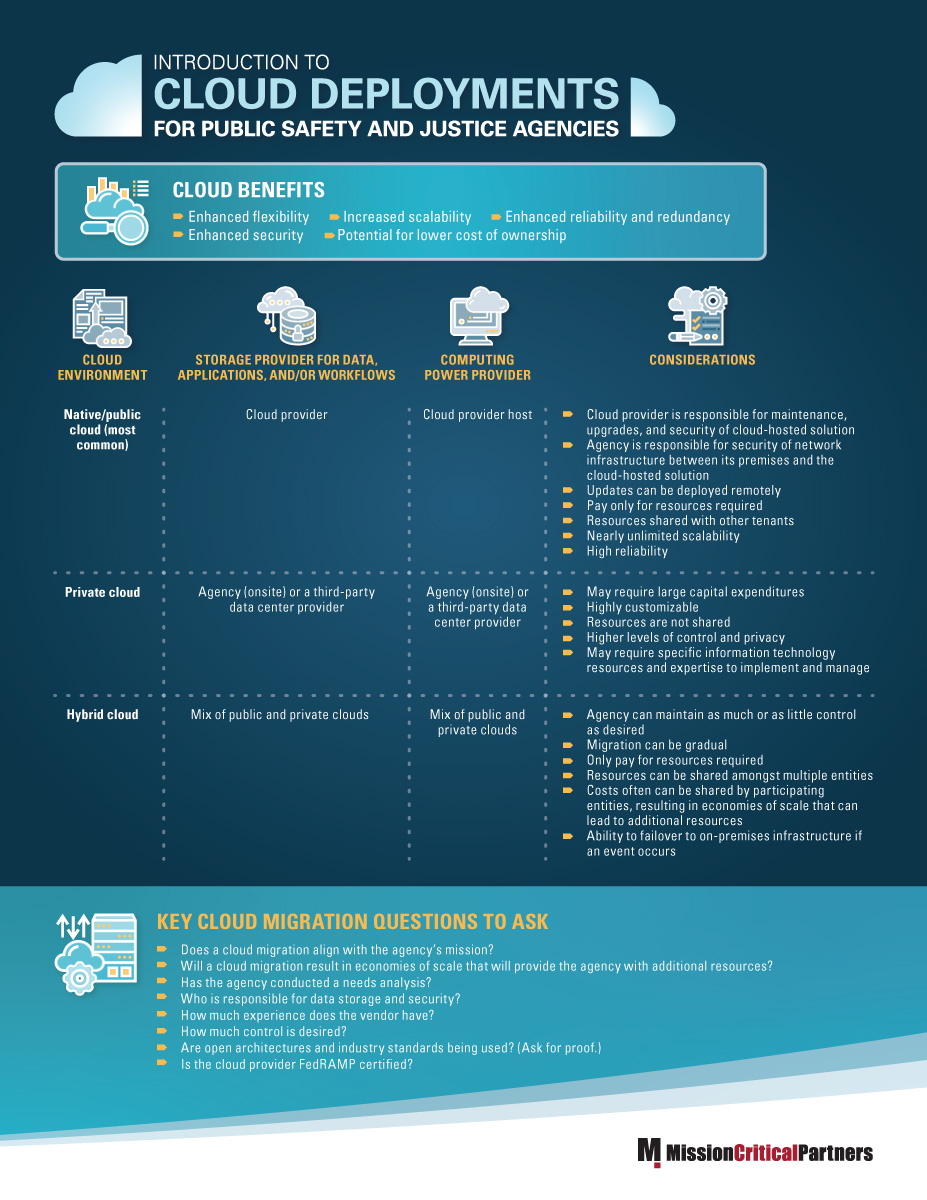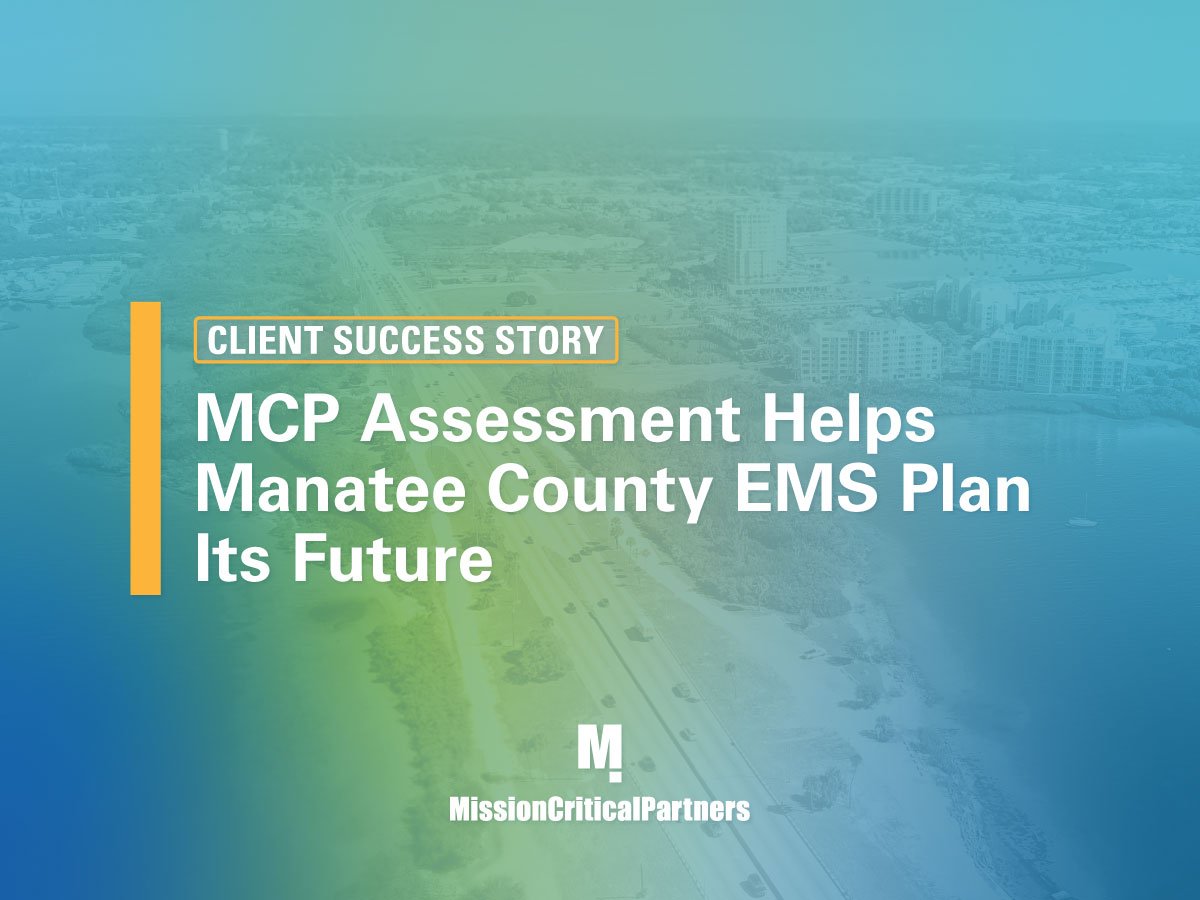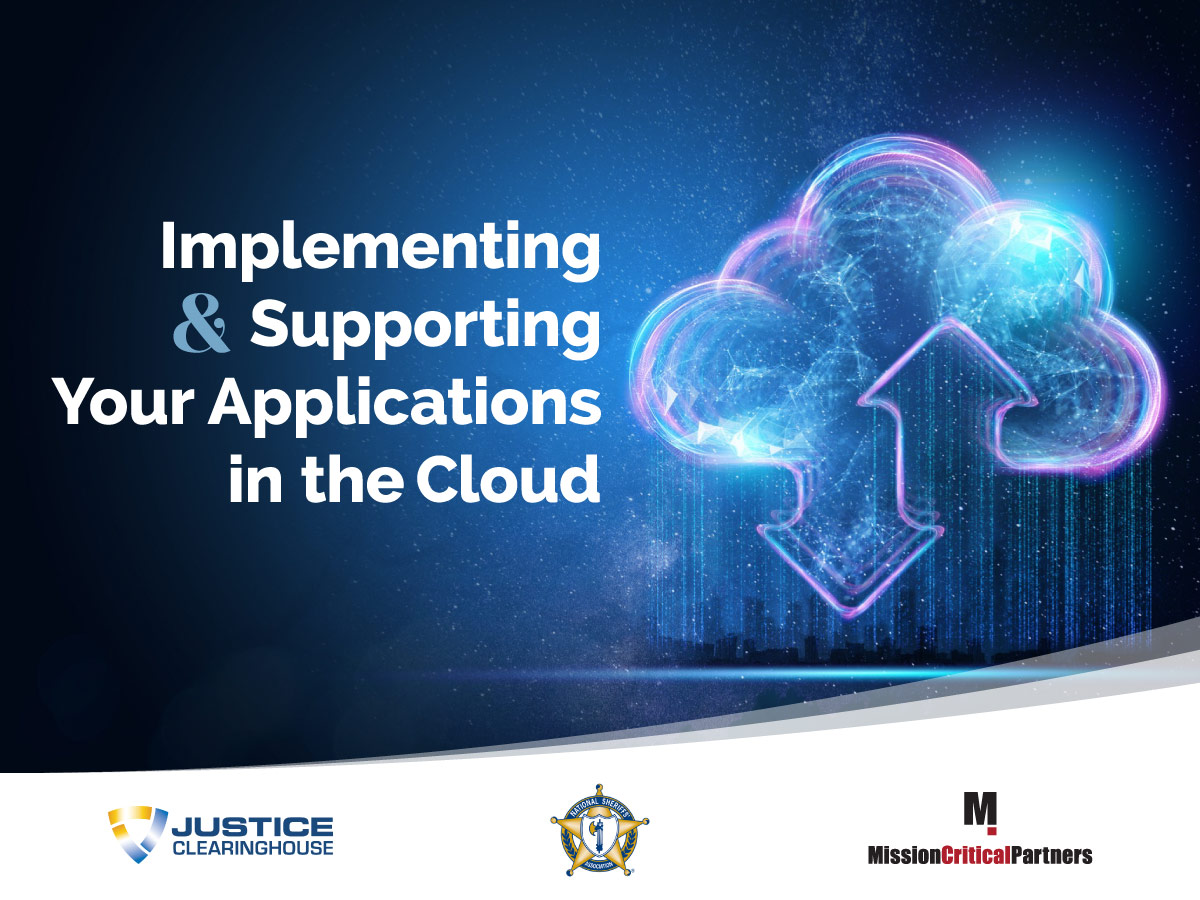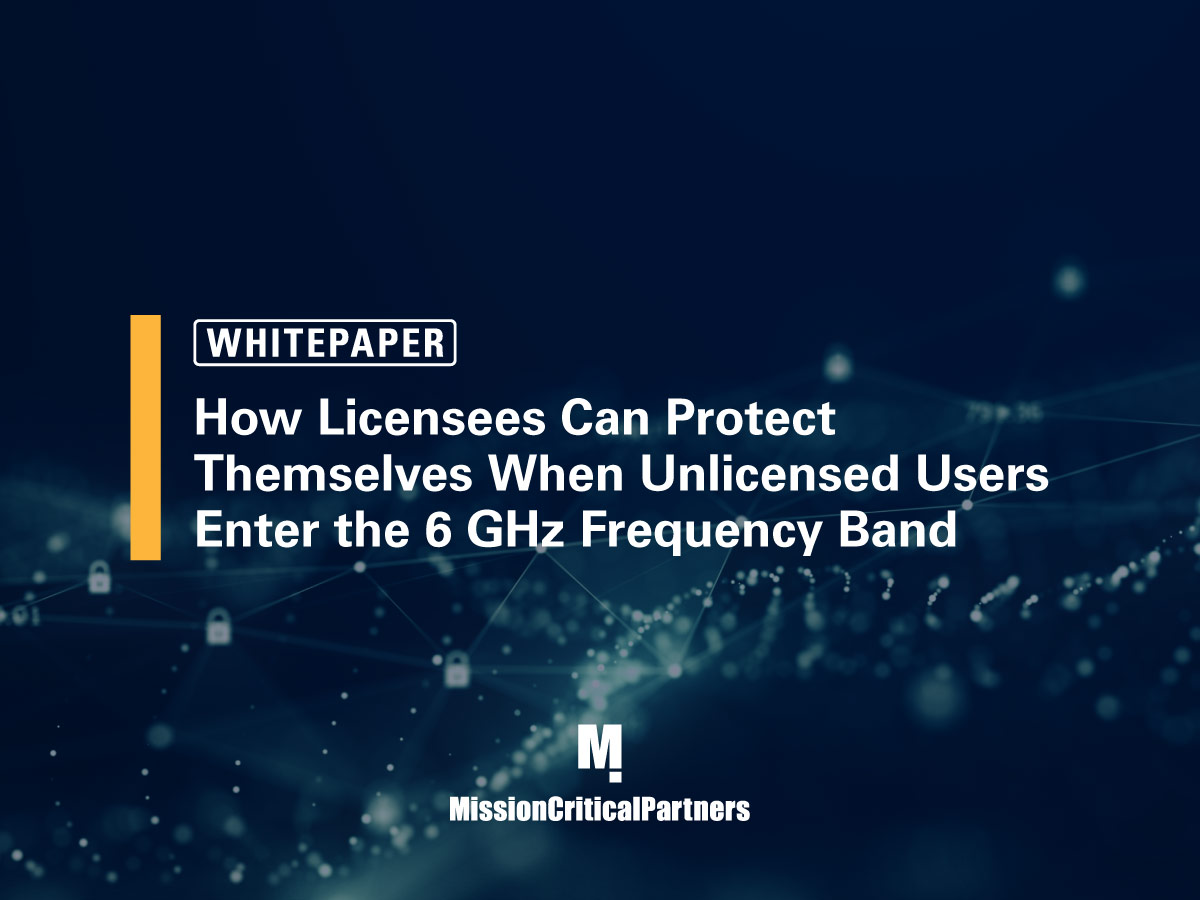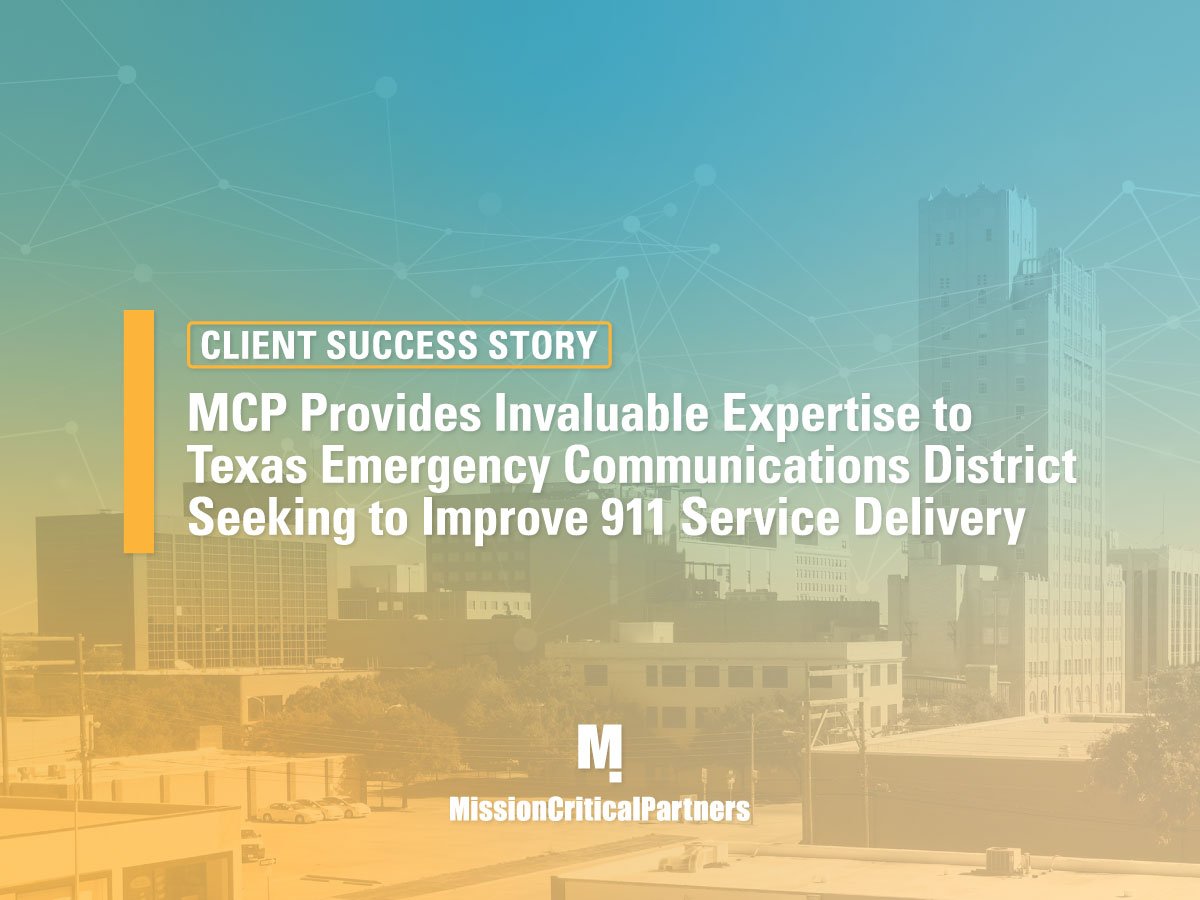Whitepaper: Proactively Managing Risks Using the NIST Cybersecurity Framework
The risks that come with cybersecurity are often overwhelming for many organizations, and building a robust mitigation program is a complex undertaking.
There are a number of cybersecurity standards and frameworks available that provide business leaders and IT professionals with a set of measures, best practices, and tactics to foster effective cyber
Topics: Cybersecurity, White Papers

